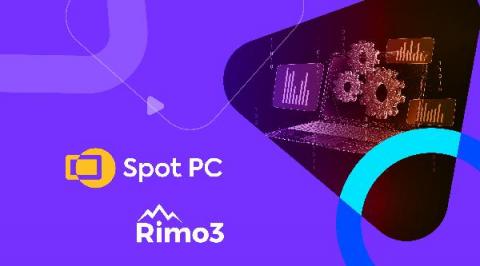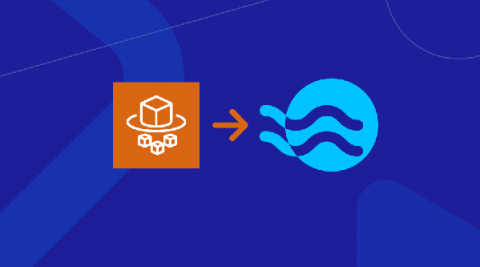Reliable Applications for Cloud Desktops with Spot PC and Rimo3
Moving employees to Azure Virtual Desktop (AVD) or Windows 365 can have many advantages, including: But migrating to a virtual desktop environment also has its challenges. Perhaps the largest is ensuring that applications can be installed on the virtual desktop environment. And then, beyond installation, ensuring that each application performs at least as well as in the users’ former environment.











